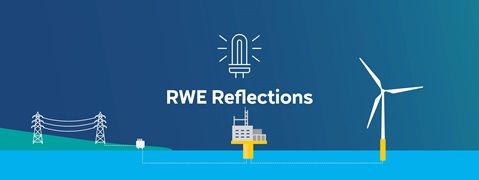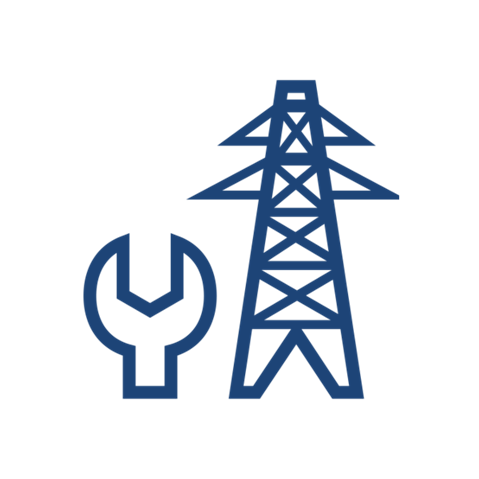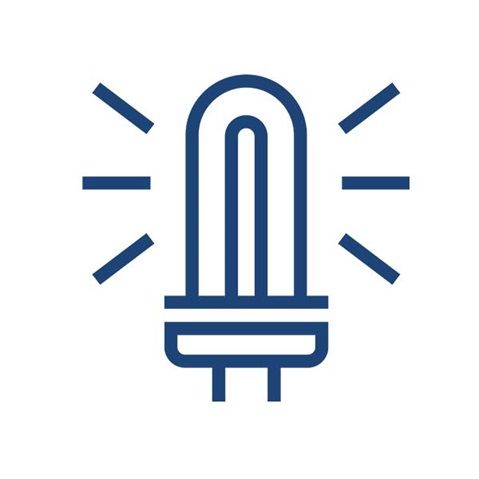



The UK's ambitious offshore wind targets demand significant investment in electricity transmission networks and regulatory reform.
Currently, the primary hurdle to deploying most new low-carbon power is the lack of adequate grid infrastructure. But while the onshore transmission network has rightly received considerable attention in recent years as it looks to tackle the problems, offshore networks connecting wind farms out at sea to the grid on land, have arguably been less in the spotlight.
Reforms to the offshore transmission regime are urgently needed to deliver the existing pipeline of projects most effectively, and ensure that such delivery is ultimately achieved at least cost for consumers and developers.
In the 1980s, the British electricity market was liberalised, separating generation, transmission, distribution and supply into distinct, licensable activities. Onshore transmission is managed by three Transmission Owners (TOs), each a regulated monopoly covering discrete parts of GB. However, the Offshore Transmission Owner (OFTO) regime sees developers build and then transfer transmission assets to OFTOs, which will then operate and maintain them. Ofgem manages the tender process for this transfer. This system, initially designed for smaller and less complex projects, now faces significant challenges as the offshore wind sector continues to grow as the backbone of our energy system.

The OFTO regime has evolved into a complex financial structure, where developers retain significant liabilities even after selling assets. OFTOs can exploit this by making uncommercial demands, knowing developers face tight deadlines and potentially severe penalties under the Generator Commissioning Clause.

The regime aims to provide consumer value and ensure timely infrastructure delivery. However, changes in the market, such as the introduction of Contracts for Difference (CfDs), have made Ofgem’s cost assessments less relevant and often unfairly burdensome for developers.

Offshore wind projects are wholly reliant on the OFTO assets to which they connect for a route to market, with severe financial consequences for the generating station if market access is not available. OFTOs are thinly capitalised and often with limited insurance. This therefore incentivises OFTOs to operate a less stringent maintenance regime for their offshore transmission assets (e.g. cables and substation) than offshore wind generators tend to undertake for their assets offshore (e.g. cables linking the turbines). The evaluation criteria for OFTOs qualifying to tender for assets prioritises price over the capability to maintain assets effectively.

There is a lack of clear policies on life extension and decommissioning of OFTO assets. With many offshore wind farms nearing the end of their agreements by the early 2030s, urgent policy development is needed to prevent unnecessarily early decommissioning.
These issues create inefficiencies and additional costs, which ultimately affect consumer prices. To address these problems, RWE suggests two main changes:
The UK's offshore wind sector has grown significantly, but maintaining this leadership requires immediate action to reform the OFTO regime. Effective reforms will ensure the offshore transmission network can support future growth efficiently and cost-effectively.

